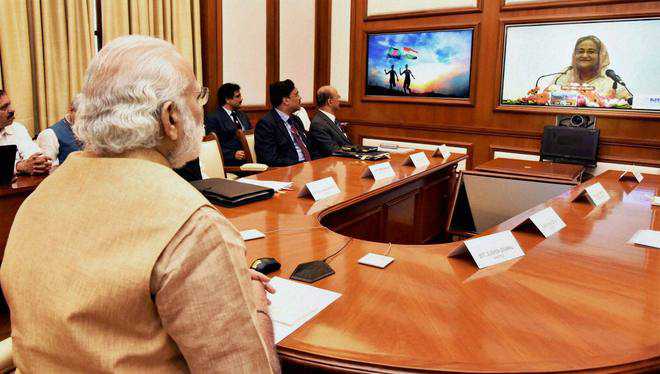
Kulbhushan Jadhav
Quepem (Goa), March 28
The External Affairs Ministry has been asked to extend all possible help to former Navy official Kulbhushan Jadhav, arrested by Pakistan claiming he was a RAW operative, Defence Minister Manohar Parrikar today said.“We do agree, to the extent I know, that he is an Indian citizen and we have asked for consular access,” Parrikar said, adding that he is concerned about Jadhav since he is a veteran. Giving details, the Minister said he had “indicated” to the MEA that Jadhav is an ex-officer and should be given all assistance and support required.Praising External Affairs Minister Sushma Swaraj, Parrikar said the MEA was doing its best. He said that Swaraj was very active and one can even reach her at night on Twitter and get a reply with action taken reports usually given by (next) morning.“Sushmaji has been working vigorously to help Indians abroad who are in problem. In this case, since the other country has made allegations, it may take a longer time,” he said.Parrikar refused to comment more on Jadhav saying “other than paying him One Rank One Pension I cannot talk about anything on an ex-officer”.Jadhav, a 1991 commissioned Naval officer, was arrested earlier this month by Pakistan authorities on the charges that he was dealing with Balochistan freedom fighters. The allegation was that the officer, who retired in 2013, was an active RAW agent, a charge denied by India. Sources in the government say Jadhav is a small businessman.— PTI






















































































































